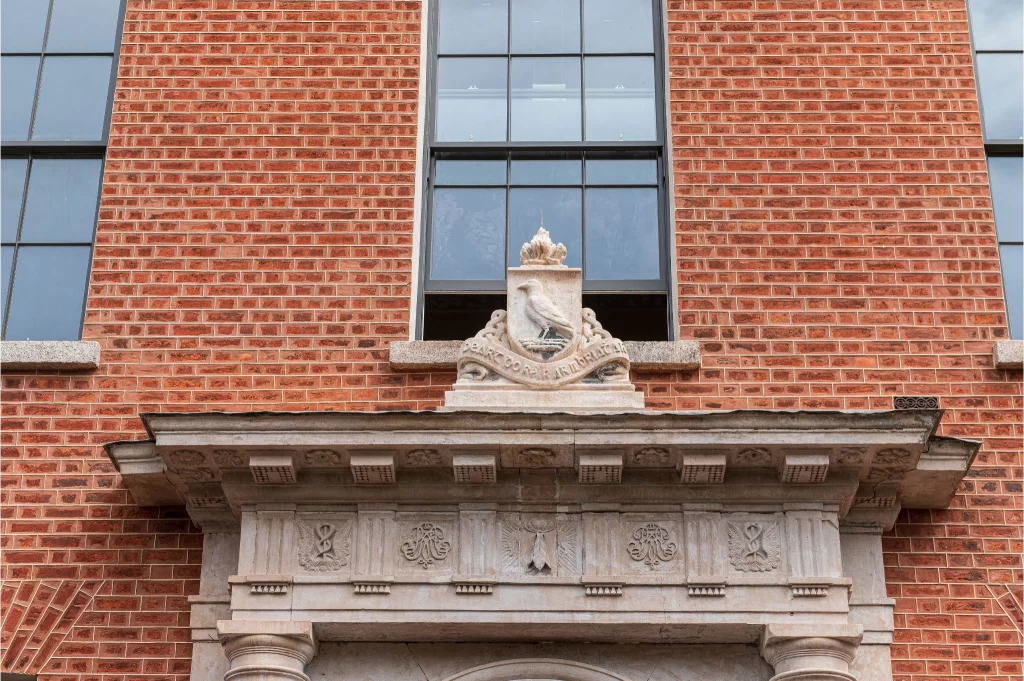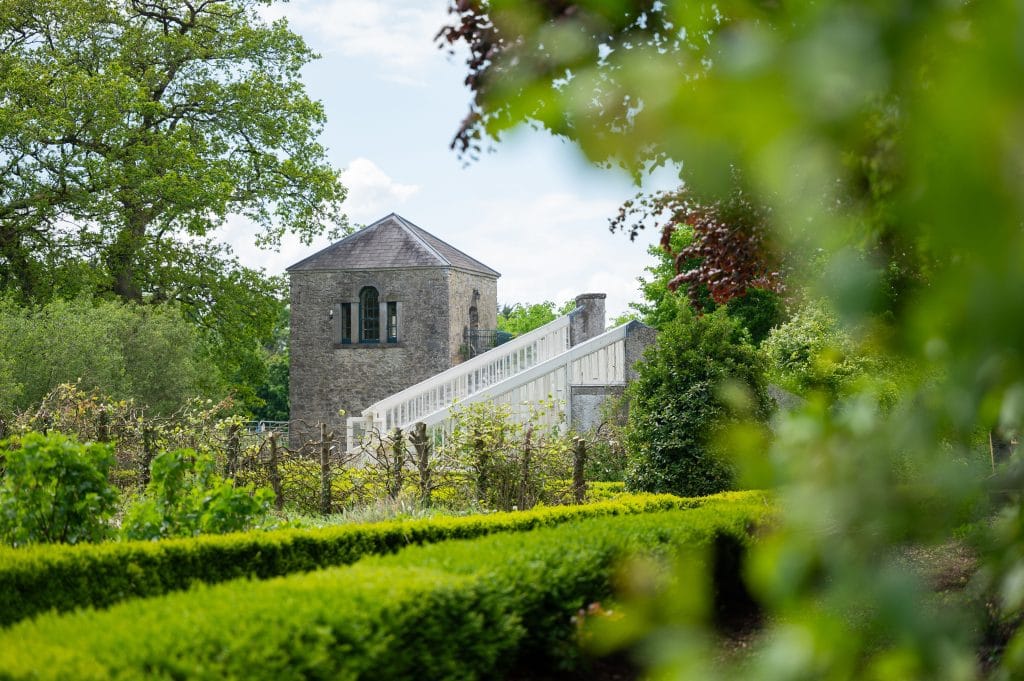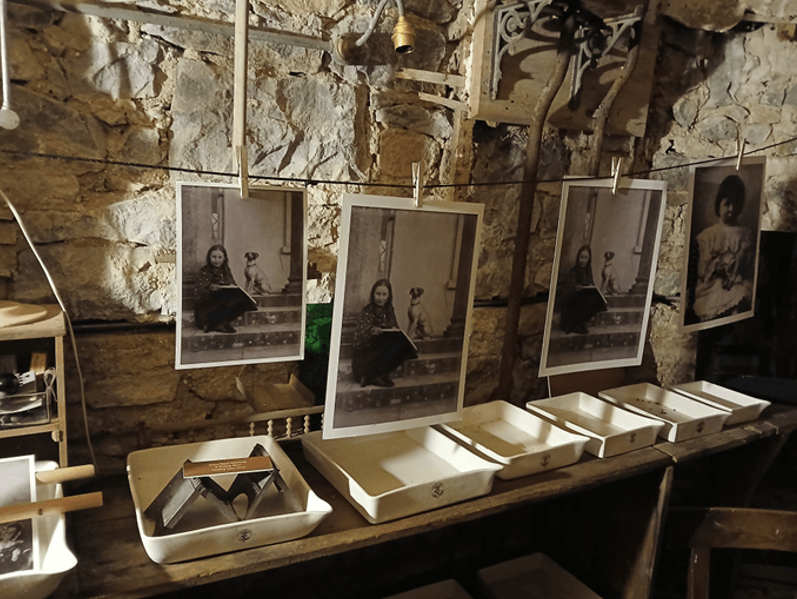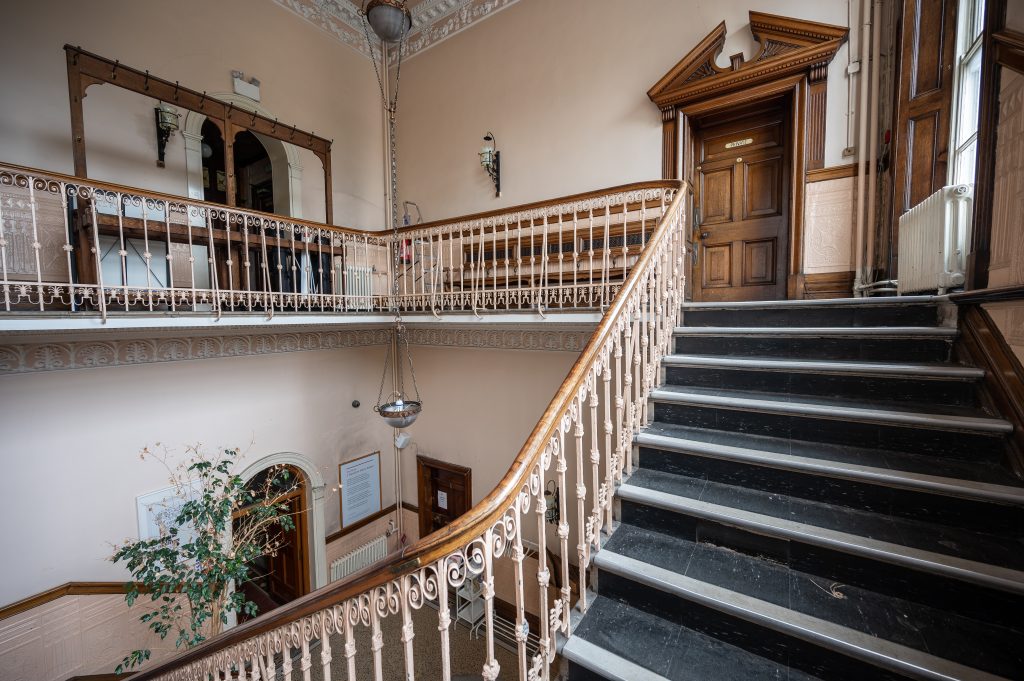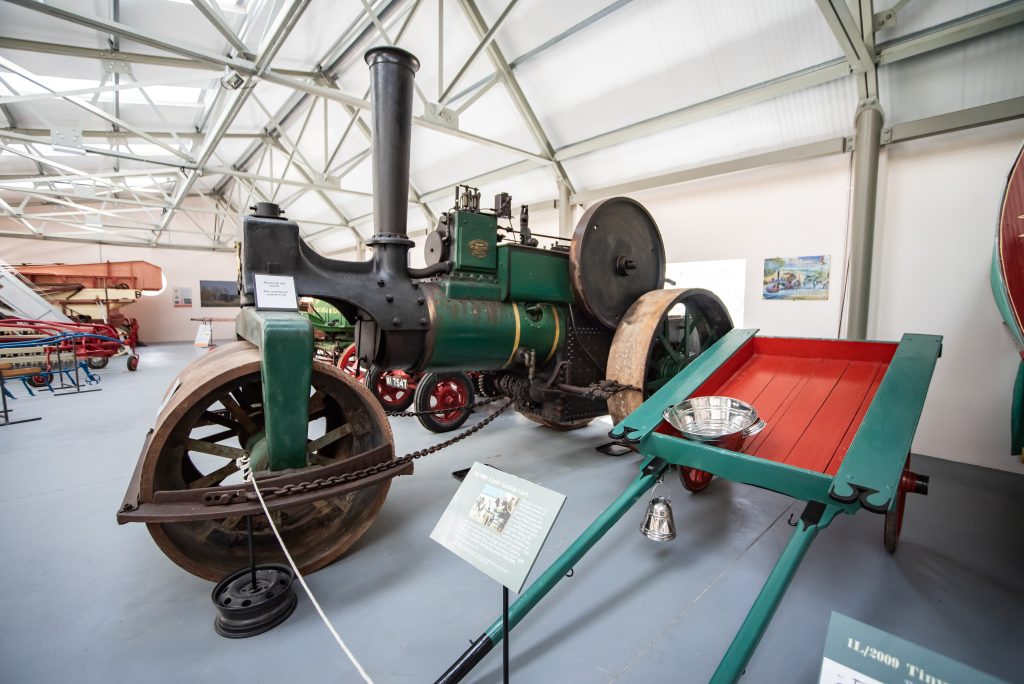12 October 2022
The new National Famine Museum at Strokestown Park House and Gardens, in Co. Roscommon has been officially opened by the Minister for Tourism, Culture, Arts, Gaeltacht, Sport and Media, Catherine Martin.
The new Museum, which has been developed by the Irish Heritage Trust, in partnership with Fáilte Ireland and owners of the property Westward Holdings, is a best-in-class visitor experience that will be internationally recognised as the main interpreter of the pivotal event in Ireland’s History, The Great Famine.
Fáilte Ireland’s grant of €3.9million is one of the largest ever investments in a visitor attraction in Ireland’s Hidden Heartlands. According to Fáilte Ireland’s analysis The National Famine Museum at Strokestown Park House and Gardens is expected to attract 115,000 visitors annually generating an additional €25million for the local economy within ten years of opening post investment.
Following the investment, The National Famine Museum at Strokestown will provide 26 jobs (directly employed in full time, seasonal and part-time jobs) and this investment will also indirectly lead to a further 65 sustainable jobs within the wider tourism sector and economy, over the next 10 years.
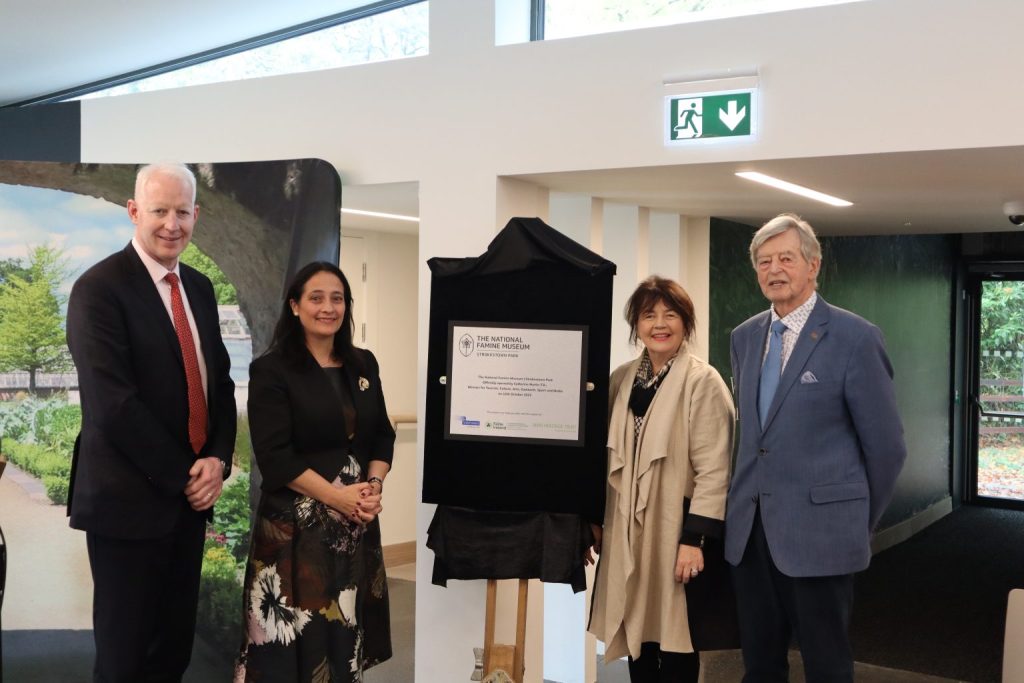
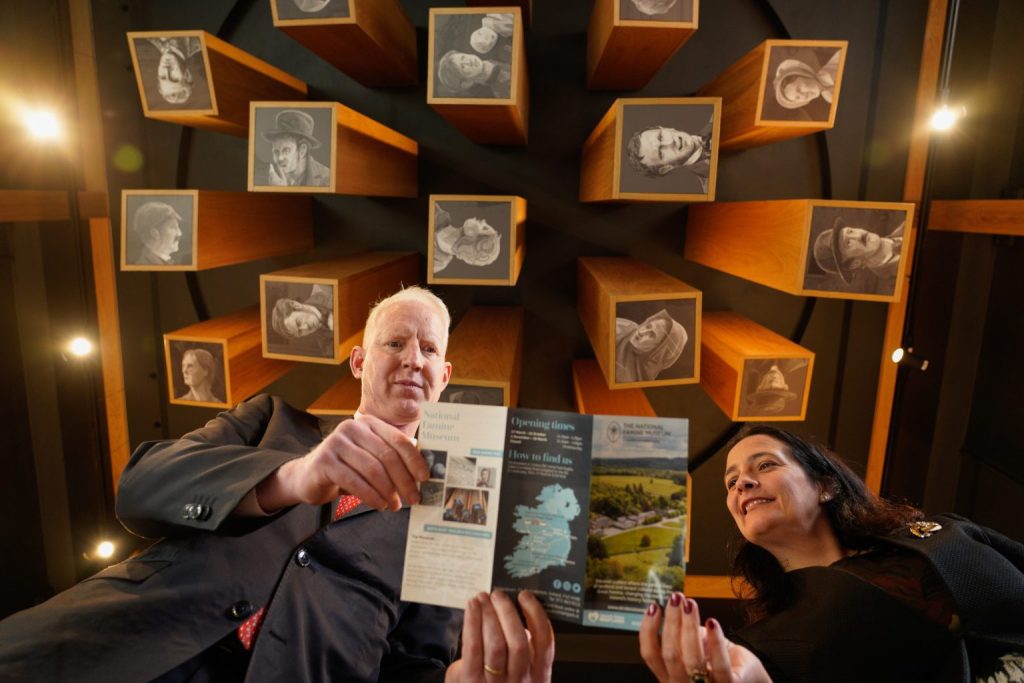
The National Famine Museum at Strokestown Park includes a world-class multimedia exhibition designed to tell the story of the Famine through the personal tragedies of the tenants on the Strokestown estate and of their landlords, the once prosperous Pakenham Mahon family. The redevelopment work includes the creation of a new visitor centre, a bright new destination café showcasing local produce and a new retail space within the visitor centre. The vaulted stone stables have also been converted into a boutique new space to host cultural events and ceremonies. While greatly improving the visitor experience of Strokestown Park, the new developments are also designed to allow new revenue streams to secure the long-term financial sustainability of the historic property.
Speaking at the official launch of the National Famine Museum at Strokestown House and Gardens, Minister Catherine Martin said “It is my pleasure to officially open the new National Famine Museum here at Strokestown Park today. This significant new museum and visitor experience re-tells the story of the famine in a captivating way and is expected to attract 115,000 visitors annually by its tenth year of operation, driving tourism in Ireland’s Hidden Heartlands. The National Famine Museum is an important addition to the visitor experience both locally and nationally and will serve to engage and educate visitors from at home and abroad and preserve the stories of The Great Irish Famine.”
Paul Kelly, CEO of Fáilte Ireland added “Fáilte Ireland is committed to developing unique visitor experiences in regional areas, and our investment of €3.9million in the National Famine Museum will generate €25million in economic benefits for Roscommon and the wider Ireland’s Hidden Heartlands region, as well as supporting the creation of 65 jobs in the area over the next 10 years. Following this development, in partnership with the Irish Heritage Trust and Westward Holdings, The National Famine Museum is now a key visitor experience in Ireland’s Hidden Heartlands and will encourage domestic and international visitors to come and explore Roscommon and the surrounding area, generating significant economic benefits for the local community.”
Anne O’Donoghue, CEO of the not-for-profit organisation the Irish Heritage Trust said: “We would like to thank Fáilte Ireland and Westward Holdings Ltd. for their generous support to realise the vision of bringing compelling stories from the Great Irish Famine powerfully to life for people of all ages, in an innovative way. We look forward to welcoming visitors from across Ireland and overseas to enjoy this wonderful new visitor experience with three attractions at one destination: the immersive National Famine Museum; the guided tour of the Palladian House with its original furnishings and features; and the historic walled gardens and woodland walk. Visitors can also enjoy the delicious food on offer in our contemporary Woodland Café located in the old granary of Strokestown Park House with the best sustainably produced local ingredients.”
Jim Callery, Director of Westward Holdings said: “It is wonderful to be here today 43 years after I found the Famine Plea from the Tenants of Cloonahee – the townland I was born and reared in and where I still live today – when I first explored the house in 1979. This document saved Strokestown Park and its Archive. The Museum tells the story of the Great Famine with a new perspective and will also, I hope, help people to understand that our past is someone else’s present, as is evident in the mass migration of today. I applaud the marvellous recent regeneration and I am glad it is in the safe hands of and under the care of the Irish Heritage Trust.”
Important conservation works to the Palladian Mansion have also been completed to ensure this important 200-year-old heritage site will be preserved for future generations. Artefacts and documents from Strokestown’s extensive archive, which is home to the largest collection of material relating to the Great Famine, are showcased throughout the new museum including the Cloonahee Petition.
Standing alongside the new Museum, Strokestown Park House is a uniquely authentic and evocative experience, one of the only remaining historic properties in Ireland to retain its original features and collections. The Palladian Mansion is packed with the personal items of the Pakenham Mahon family and has been carefully preserved, like a time capsule, to show what life for the landed gentry was really like, and the eventual decline of the great country house in Ireland.


